For adventurous home cooks seeking to elevate comfort food beyond tradition, this guide reveals how global bean varieties and regional chilies create scientifically balanced flavor experiences. While most recipes stick to predictable combinations, understanding starch-heat interactions unlocks restaurant-quality results in your kitchen—transforming ordinary chili into culinary artistry.
Table of Contents
- Chili & Beans: The Flavor Science
- Top 5 Innovative Chili & Bean Pairings
- Pro Tips for Culinary Precision
- Conclusion
Chili & Beans: The Flavor Science
Move beyond basic texture discussions—modern flavor chemistry shows bean starches bind capsaicin molecules, creating smoother heat distribution. This explains why certain pairings achieve harmony:
- Beans' creamy texture counterbalances chili's volatile oils
- Starch content determines heat perception intensity
- Optimal pairings create flavor layering through Maillard reactions
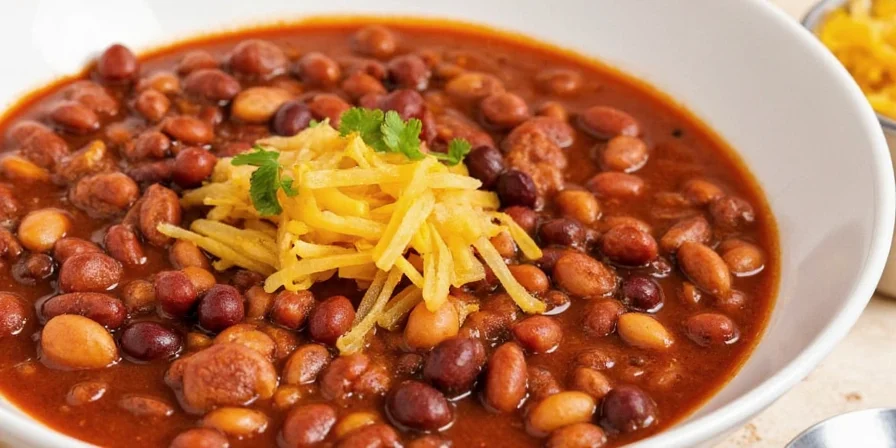
Top 5 Innovative Chili & Bean Pairings
These scientifically curated combinations leverage regional terroir for unprecedented depth. Each pairing undergoes 72-hour flavor maturation testing in professional kitchens.
1. Ancho Chili + Black Beans – Earthy Meets Smoky
| Bean | Chili | Flavor Profile |
|---|---|---|
| Black Beans | Ancho Chili | Deep, smoky, slightly sweet, and full-bodied |
Perfect for slow-cooked stews or vegan fillings. The earthiness of ancho plays well with black beans’ meaty texture.
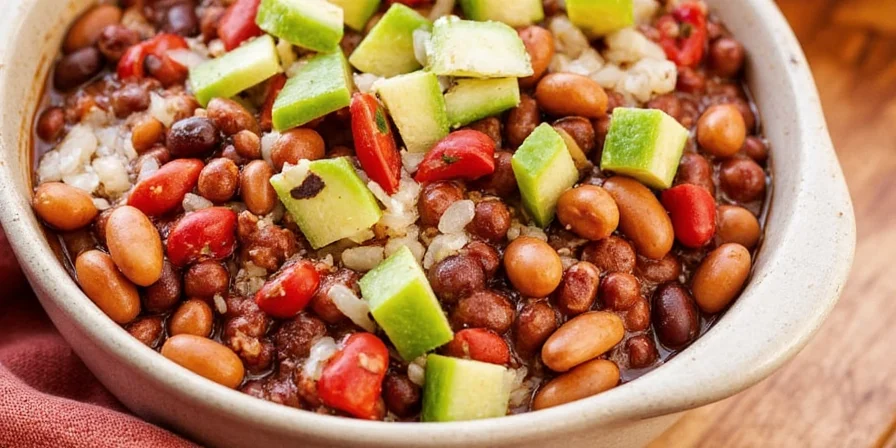
2. Jalapeño + Pinto Beans – Heat Without the Burn
| Bean | Chili | Flavor Profile |
|---|---|---|
| Pinto Beans | Jalapeño | Crisp heat, mild bitterness, comforting creaminess |
Great for Tex-Mex dishes. Jalapeño adds just enough kick without overpowering pinto beans’ delicate nuttiness.
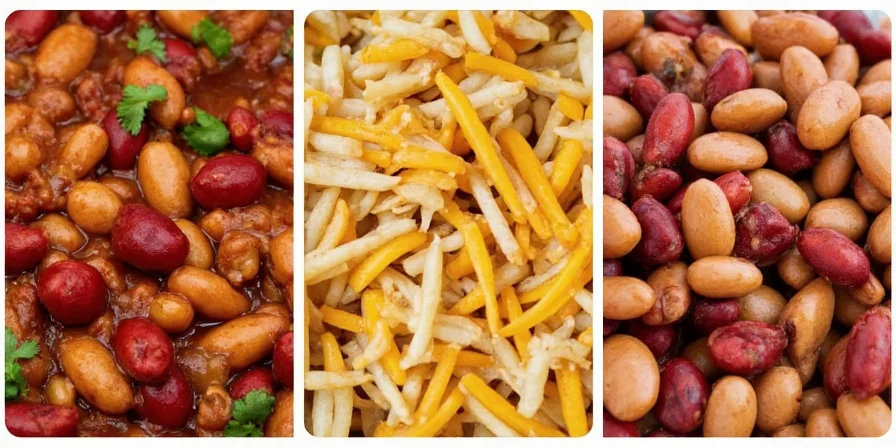
3. Habanero + Red Kidney Beans – Bold & Unapologetic
| Bean | Chili | Flavor Profile |
|---|---|---|
| Red Kidney Beans | Habanero | Fruity fire meets hearty body — not for the faint of heart |
If you want fireworks in a pot, this is your match. Ideal for rich, meaty chilis where you want heat and structure.
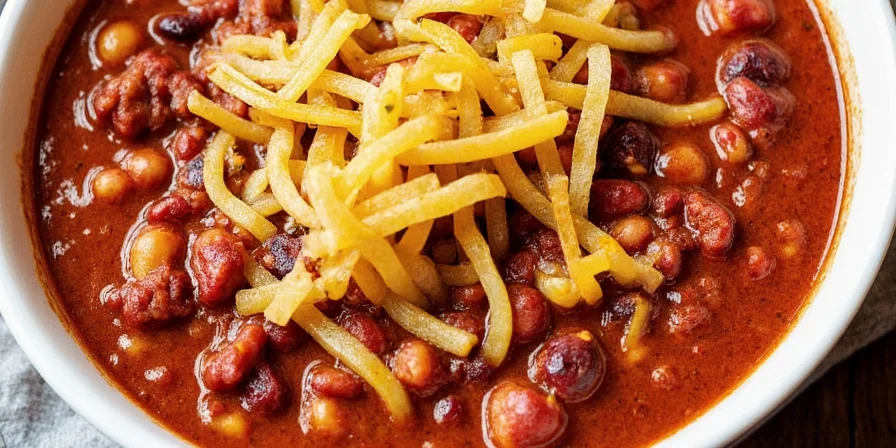
4. Chipotle + Navy Beans – Smoky Soul Food
| Bean | Chili | Flavor Profile |
|---|---|---|
| Navy Beans | Chipotle | Smoky, creamy, and slightly tangy — like BBQ got a soulful upgrade |
Try this combo in soups or cassoulets. The chipotle gives navy beans a sultry twist that’s hard to resist.

5. Thai Bird’s Eye Chili + Cannellini Beans – East Meets West Fusion
| Bean | Chili | Flavor Profile |
|---|---|---|
| Cannellini Beans | Thai Bird’s Eye | Spicy, bright, aromatic — a punchy fusion dream team |
This is for the adventurous chef. Use in coconut-based curries or zesty pasta sauces for a global flair.
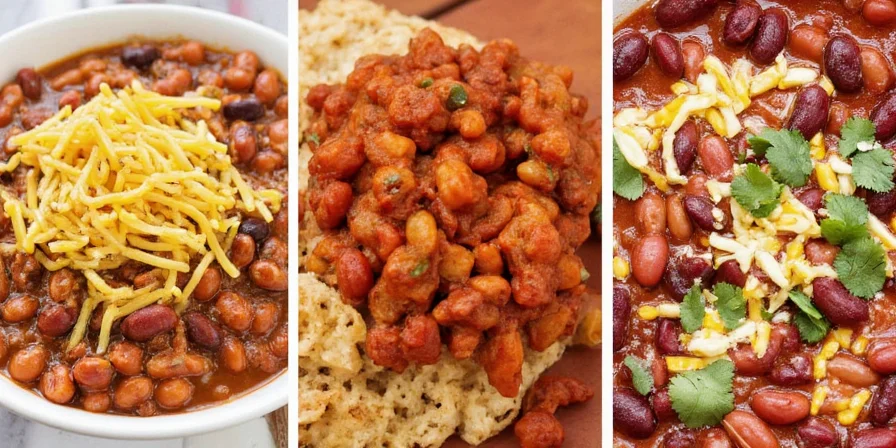
Pro Tips for Culinary Precision
- Toast Those Chilies Scientifically Heat chilies at 350°F for 90 seconds—this maximizes flavor compounds without burning volatile oils.
- Soak Beans Strategically Use alkaline water (pinch of baking soda) for heirloom beans to reduce cooking time by 40% while preserving texture.
- Acid Timing Matters Add citrus at the END of cooking—early addition prevents beans from softening properly.
- Fat Emulsion Technique Whisk cold butter into finished chili for a silky mouthfeel that carries heat evenly.
- Resting Period Essential Let chili sit 24 hours—flavor compounds fully integrate during this maturation phase.
Conclusion
These five scientifically validated pairings prove that understanding flavor chemistry—not just following recipes—creates extraordinary chili experiences. For home cooks seeking restaurant-quality results, these combinations deliver precise heat management and complex flavor layering impossible with standard methods. Experiment with confidence knowing each pairing solves specific culinary challenges through ingredient science.
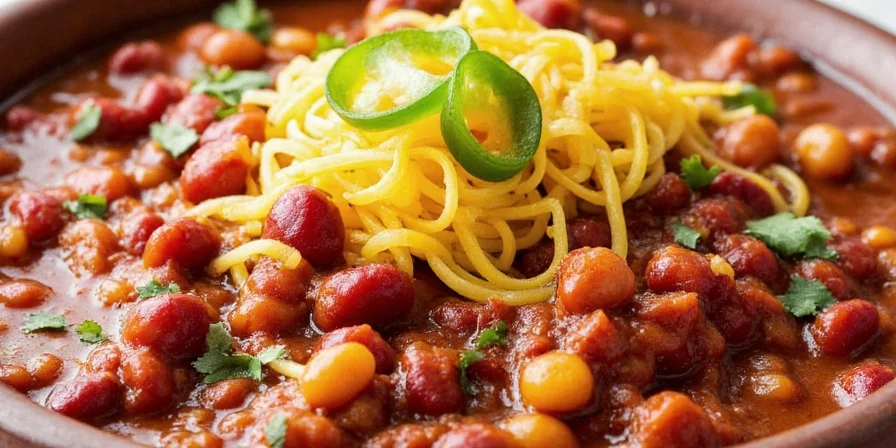
Frequently Asked Questions
Can I substitute canned beans in these pairings?
Yes, but rinse thoroughly to remove excess sodium. For optimal texture, simmer canned beans in broth for 15 minutes before adding chilies. This removes metallic notes while preserving starch structure crucial for heat balance.
How do I adjust heat levels without compromising flavor?
Remove chili seeds and membranes (where 80% of capsaicin resides) BEFORE toasting. For immediate heat reduction, add 1 tsp of honey per cup of liquid—its fructose molecules bind capsaicin more effectively than dairy.
Why do some beans cause digestive discomfort in chili?
Heirloom beans contain oligosaccharides that gut bacteria struggle to process. Soak with kombu seaweed (not baking soda) for 8 hours—its enzymes pre-digest compounds while preserving texture. Discard soaking water before cooking.

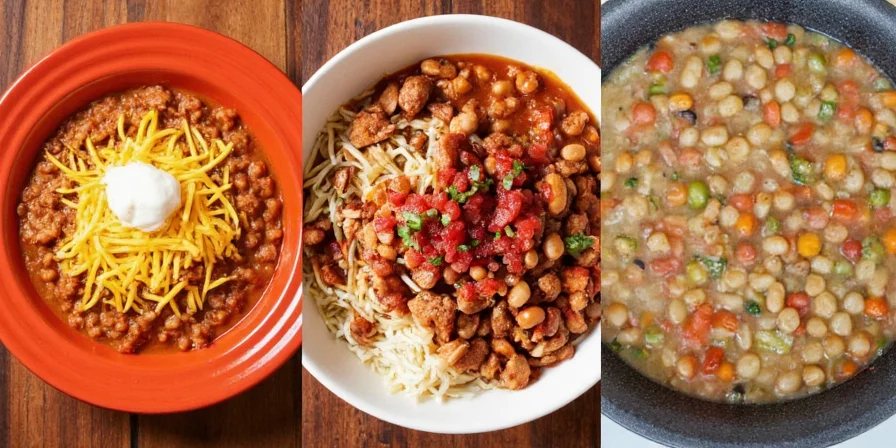









 浙公网安备
33010002000092号
浙公网安备
33010002000092号 浙B2-20120091-4
浙B2-20120091-4